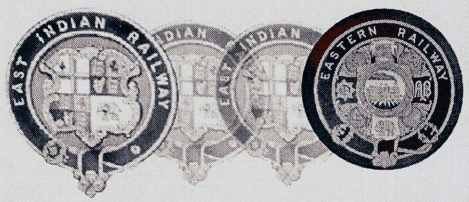
After the Government of India took over the management of EIR in
1925 ,this along with GIP Railway were the first to be organised into divisions.
Initially there were six divisions in EIR —
Howrah, Asansol and Dinapore were known as
the lower divisions and Allahabad Lucknow
and Moradabad were known as the upper divisions.
Gradually, the railway systems all over India started getting reorganized. The
reconstitution and regrouping of 42 railway systems consisting of 13 Class I, 10
Class II and 19 Class III railways plus 32 state owned lines was a mammoth task
undertaken by the Government of India after 1948. In 1944, the Government had
acquired control of all the railways except a very few privately owned light
railways. The final plan of reorganization was approved by the Central Advisory
Council for Railways in December 1950.
In 1951-52, six zones were formed initially, namely Northern Railway, Southern
Railway, Eastern Railway, Western Railway, Central Railway and North Eastern
Railway. The three Upper divisions of E.I.R. were added to Eastern Punjab
Railway, Jodhpur Railway and Bikaner Railways to form the Northern Railway.
Eastern Railway comprised the remaining lower divisions of Howrah, Asansol and
Dinapore and also had an addition in Sealdah division which had been formed from
the truncated part of B & A Railway. The Bengal Nagpur Railway was also added to
EIR. This amalgamation led to the creation of Eastern Railway on the 14th of
April 1952.
Thus was reached a very important landmark in the history of the Indian Railways
– the culmination of a long process spread over several decades.

NEXT PAGE

